Forging Ahead 4: Pittsburgh
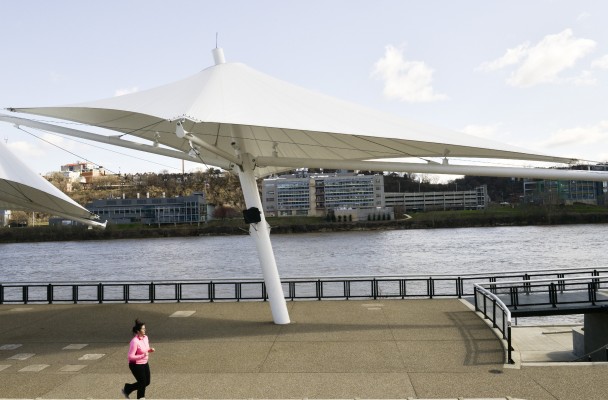
The waterfront development on Pittsburgh’s SouthSide Works built where the former Jones and Laughlin steel mill once stood. John Rennison, Hamilton Spectator
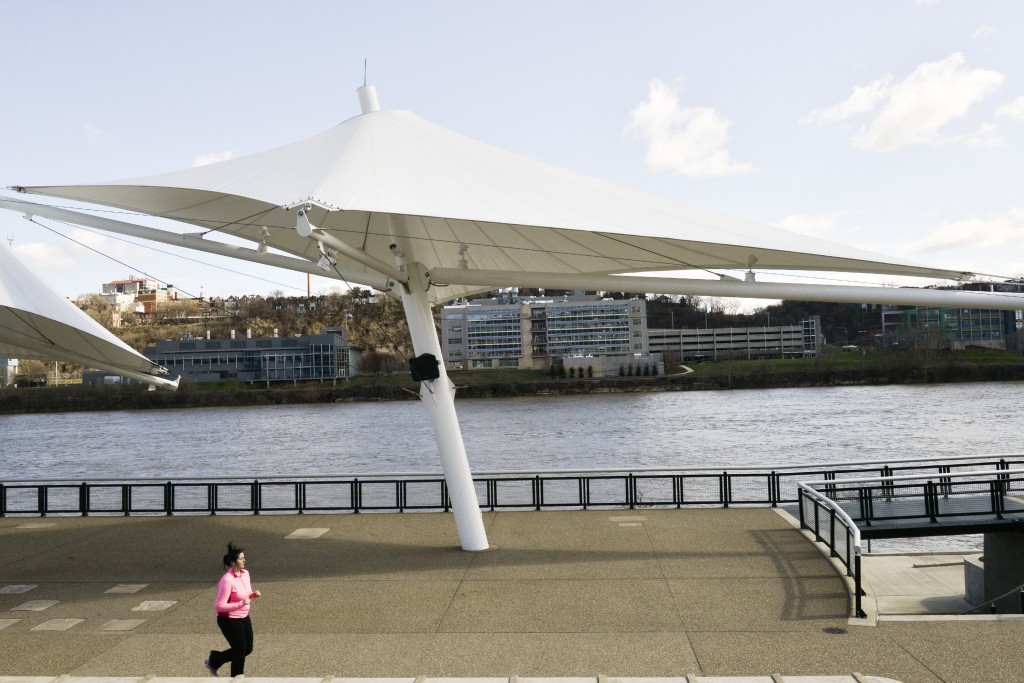
The waterfront development on Pittsburgh’s SouthSide Works, built where the former Jones and Laughlin steel mill once stood. John Rennison, Hamilton Spectator
“You have to run over people. You have to make a decision whether you want to be loved or effective. Whether you want to get along or get things done.”
Pittsburgh: public money for private partnerships
[T]om Murphy wasn’t always the most popular mayor.
When voted into office in Pittsburgh in 1994, one of the first things he did was divert $60 million of city savings into a development fund.
The second thing he did was use that money to buy a slag heap. A group of developers would build residential there, he announced.
At the time, the 101-hectare site looked like the moon: barren and spoiled. The inert slag, nearly 92 metres deep, gave off so much heat it cooked everything they tried to plant.
The guy who did the topsoil and grading told Murphy he appreciated the business. “But no one’s ever going to buy here,” he said.
They did though. Today, homes in the Summerset development sell for $450,000.
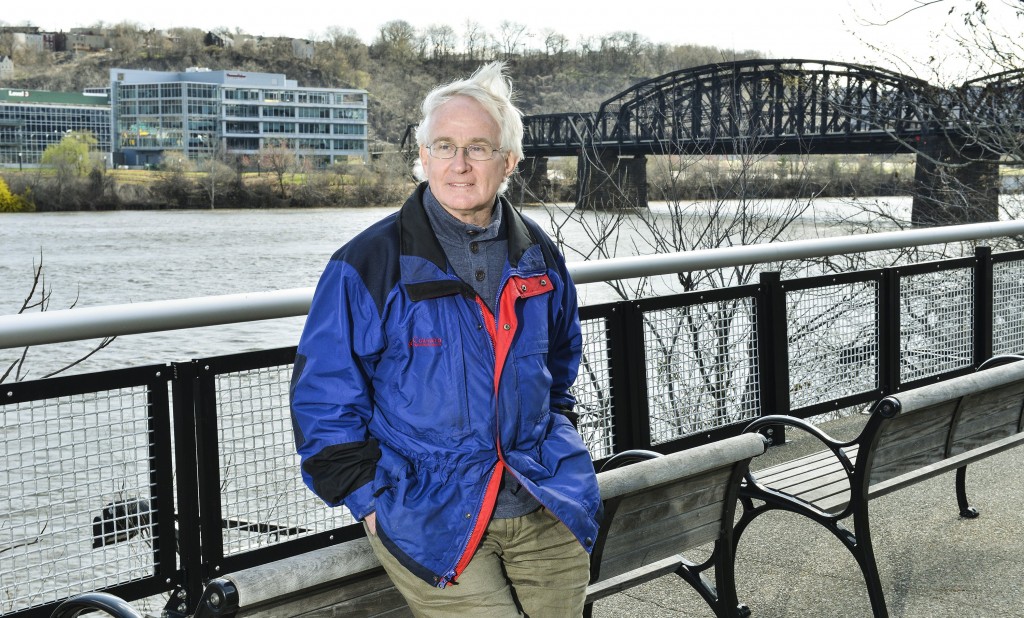
Former Pittsburgh Mayor Tom Murphy sits along the waterfront he saw developed on land where steelworkers once came to their jobs. His father used to sit on the bridge to have his lunch everyday when he worked in the steel mills.. John Rennison, Hamilton Spectator
Evergreens grow on the hill that overlooks the Monongahela River. Fish have returned to the stream in the valley below. A public pool and playground were added to the neighbourhood when it started attracting more young families than the empty-nesters Murphy’s staff expected.
Over the course of those 12 years (Murphy won an additional two terms), Pittsburgh bought and built, through partnerships with private investors, on 607 hectares of former steel lands.
[L]ike Bethlehem, Pittsburgh is a town where everyone’s dad worked in steel.
Steel in the Monongahela Valley was to the early 1900s what technology in the Silicon Valley was to the 1990s.
Rich veins of ore threaded the hills. The confluence of three rivers, the Monongahela, the Ohio and the Allegheny, offered ideal shipping. More than 80 kilometres of mills were established. Well into the ’60s, the sky burned red at night. Street lights had to be turned on during the day so people could see through the smog. The city’s identity was wrapped up in the industry. It was inconceivable that steel could disappear.
By 1983, though, mills dropped like dominoes through the valley. Through the ’70s and ’80s, 150, 000 people lost steel-related jobs. The unemployment rate was almost 20 per cent. Residents were leaving the city at the rate of 50,000 a year. Pittsburgh ended up with the oldest population of any area in the U.S., other than Florida.
“Just put the steel workers back to work,” people said.
It didn’t sink in until the late ’80s when the industry started literally coming down around them. Mill buildings were carved up and sold for scrap.
SEE: Pittsburgh Photo Gallery here.
[L]ike thousands of Pittsburghers, Murphy is the son of a steelworker. His cousins worked in the mills. So did his uncles. Murphy spent a couple summers there, too, but went on to earn a graduate degree in urban studies. He joined the Peace Corps before getting into politics.
Now 70, Murphy hasn’t slowed down. Through the week, he works as a senior resident fellow at Washington’s Urban Land Institute. At 8:30 a.m. on a Saturday, a breakfast meeting is just one of a handful of things on his schedule. Dressed in Velcro shoes and a red-and-blue Columbia jacket, he moves quickly and talks fast. He shakes hands with regulars in the Allegheny Sandwich Shop, a diner in the north end where Murphy lives.
He tells the shop’s owner, Nick Mastros, he’s taking some Canadians on a tour “to show them what we did here.”
“No, no, no,” Mastros says, pointing at the former mayor. “What he did.”
[M]astros bought his shop in the 1980s, when Pittsburgh’s population had bottomed out. The north end was skid row. Everyone thought Mastros was crazy, himself included. Now he drives the Nissan Platinum Armada that sits outside his shop, its chrome wheels flashing in the sun.
Not everyone agrees with Mastros’s assessment of Murphy. When Murphy left office in 2006, Pittsburgh had received Act 47 designation, the equivalent of receivership.
To recoup losses, Murphy laid off huge numbers of city employees including, controversially, police officers.
He was criticized for using public money to build private partnerships. Some, like the Home Depot in flagging East Liberty, succeeded. Others, like the Fifth and Forbes retail district, where Murphy used city money to bring two department stores downtown, failed.
Murphy is unapologetic. In the case of the reclaimed steel lands, it’s with good reason.
Murphy drives over the hot metal bridge toward the site of the former Jones and Laughlin Steel Company mill where his dad used to work. His father sat on the bridge to eat lunch every day. He died before his son spearheaded SouthSide Works, the 50-hectare mixed-use development that replaced the mill.
Murphy considers what his father’s reaction might have been to the project.
“He would have shot me,” Murphy laughs. “Where 8, 000 men and women made steel there’s now a Cheesecake Factory!”
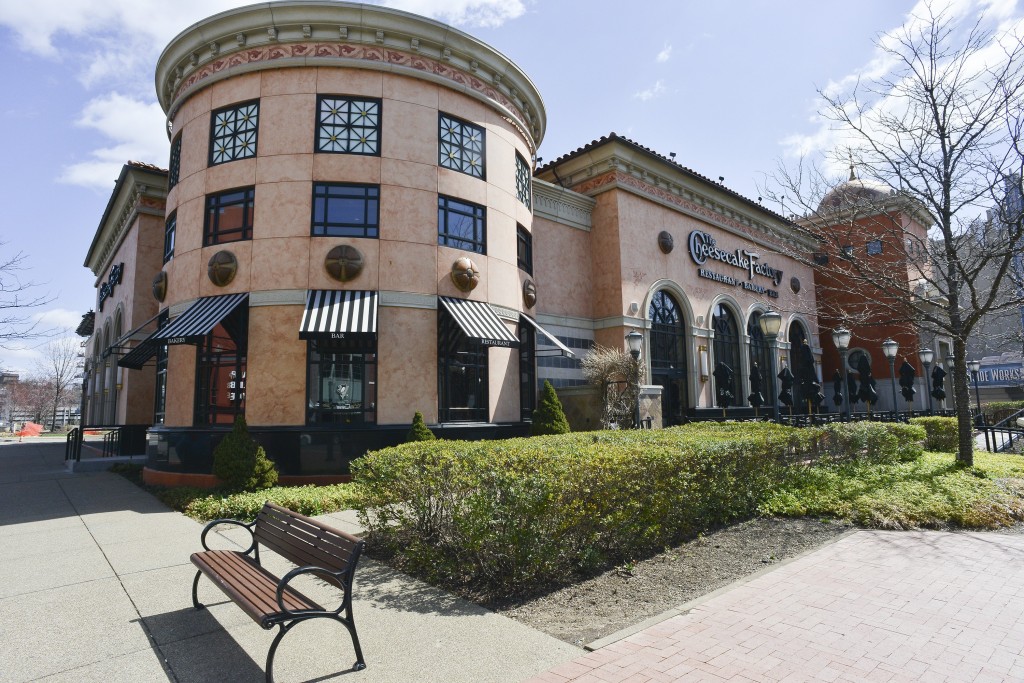
Former Mayor Tom Murphy jokes his father would disapprove of the development he oversaw on the steel mill his father worked in. Now it’s a Cheesecake Factory. John Rennison, Hamilton Spectator
Murphy believes in development above all else. He says a city can spend its money on today — police, fire, snow removal — or its future.
“My view of this is you have a choice,” he shrugs.
“You have to run over people. You have to make a decision whether you want to be loved or effective. Whether you want to get along or get things done.”
What’s been done at SouthSide Works is a mixed-use development. Outdoor store REI was one of the first to open. There are offices, including headquarters for American Eagle. There are movie theatres and restaurants and a Hofbräuhaus so big it looks like a Disney attraction. At the far end, construction is underway for housing.
It’s sleepy in the morning and bustling in the afternoon. On a Friday night, it’s like Hamilton’s Art Crawl at the height of summer.
East of it is the UPMC Sports Performance Complex, where the Steelers practise. There’s a joke in Pittsburgh when the football team misses a pass longer than 80 yards — they’re not used to throwing that far. The fields at the complex are 80 yards rather than 100. That’s because during development, Murphy lopped off a section that ran along the waterfront.
His view was that Pittsburghers had given up their waterfront for 100 years, and it needed to be reclaimed. Recreational trails now skirt the shore. Runners roam them in packs. Cyclists can ride all the way to Washington.
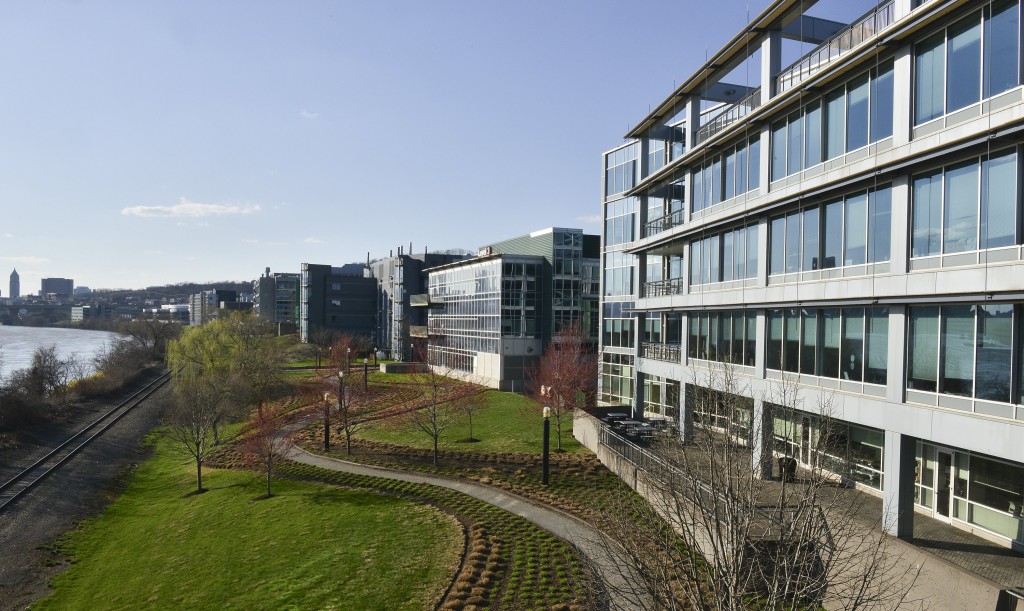
The Pittsburgh Technology Center is a 48-acre office park established by the Urban Redevelopment Authority. John Rennison, Hamilton Spectator
Across the river is the Pittsburgh Technology Center, a 19.5-hectare office park established in 1993 by an economic development agency called the Urban Redevelopment Authority. There, 1,200 people work at the University of Pittsburgh, Carnegie-Mellon University and the Pittsburgh Life Sciences Greenhouse, which acts as a business incubator.
Adjacent lands are being developed by Almono (a consortium of the Heinz Endowments and the Benedum, Richard King Mellon and McCune foundations) to include housing and office space.
Technology is one of Pittsburgh’s newer sectors. Look no further than East Liberty to see evidence of this.
It’s part of Google’s ethos, says Leslie Church, communications for Google Canada, to help struggling communities. That’s why the tech giant chose to locate in a rehabbed Nabisco factory in East Liberty, once one of the most blighted neighbourhoods in the city.
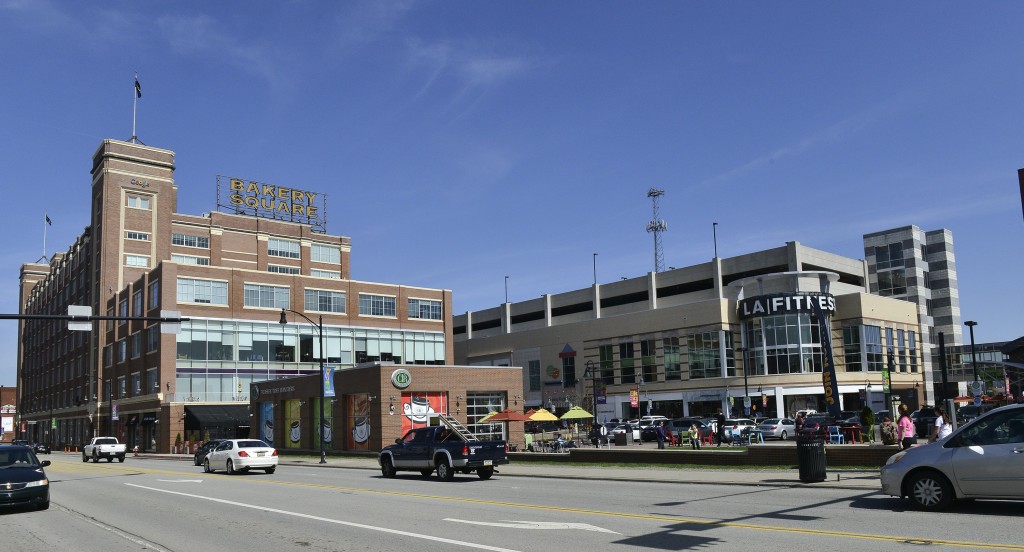
Google has located an office employing 450-people in Bakery Square, a former Nabisco facility in what was the once blighted East Liberty section of Pittsburgh.
John Rennison, Hamilton Spectator
Its office employs 450 and is accessible by transit and bike trails. Standing work stations are visible through the building’s floor-to-ceiling windows. A rooftop apiary houses 70,000 bees. Employees take their dogs to work.
Nearby is an Anthropologie store, an LA Fitness gym and a restaurant called BRGR. Too cool for vowels. There’s a parking space reserved for hybrid vehicles and a bar called Social that’s staffed by 20-something servers wearing T-shirts that read “social worker.”
Google has a relationship with Carnegie Mellon University — one that welcomes engineering and computer programming students for workshops. The company also gives $17-million for research to the city’s various universities.
That’s another of the city’s strengths. There are nearly 70 post-secondary institutions in Pittsburgh.
In the ’80s, it never would have occurred to anyone to consider colleges an economic driver. That’s changed.
“We had very aggressive (leadership) … kind of visionary higher-education leadership that began to propel the region forward,” says Bill Flanagan, chief corporate relations officer for the Allegheny Conference on Community Development.
The University of Pittsburgh’s Institute for Entrepreneurial Excellence has a centre in Homestead, a borough U.S. Steel had left. There, they focus on developing small business, working with roughly 1,000 each year.
Flanagan says the leadership and resources coming from the schools worked in tandem with those coming from businesses, government and foundations.
“Unless a community has all that, I think it would be very hard to duplicate what happened here. If you have some elements of that, I think it’s possible to make them work to the advantage of that community, but Pittsburgh was blessed with all four of those assets and they were really critically important.”
Still, he says they could be 10 years ahead if they had sooner accepted that the glory days of steel were over.
There are still huge swaths of the city pocked with abandoned buildings. East Liberty may show signs of gentrification, but for every Whole Foods or cleverly-named eatery (grass-fed beef at BRGR, anyone?), there’s a building spilling bricks onto the sidewalk. There’s a door off its hinges and the musty reek of mould and wet wood wafting out. The north end still has tall skinny homes surrounded by wheelless cars, and mansions shedding paint like snakeskin.
Nowhere is this slow rebuild more obvious than Braddock.
A borough 13 kilometres outside the city, Braddock is the site of Andrew Carnegie’s first steel mill. The Mon Valley Works is still operational, but employs fewer than 1,000 people.
The population, too, has dropped. Braddock was once home to 20,000. Now the population is around 2,000. Natural disasters don’t cause that kind of decline.
Downtown there’s a coin-operated pay phone with no dial tone. An alarm echoes through an empty building with dusty windows, but no one’s around to hear it.
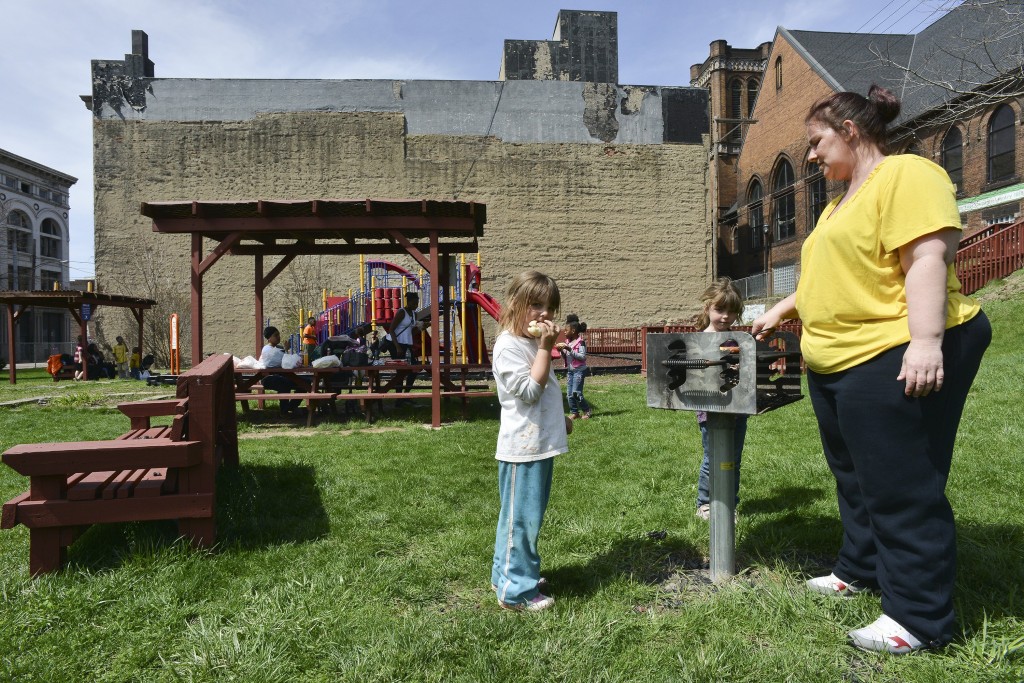
Teresa Hamblin barbecues hotdogs for daughter Brooklyn in a park in downtown Braddock. John Rennison, Hamilton Spectator
Nearby, Teresa Hamblin grills hotdogs for her kids. She came to the borough from Florida after her husband lost his job. He works at a pizza place outside Braddock.
She wishes pizza was available locally, but it isn’t. There’s not a lot. Hamblin and another woman tick off a list of the amenities they could use. A grocery store and a gas station. A better park and a clothing store. They agree the bus service is pathetic. Service has been reduced in recent years, despite a petition with 400 signatures, roughly the same number of people who voted in Braddock’s last election.
Then, the borough voted a third term for mayor John Fetterman.
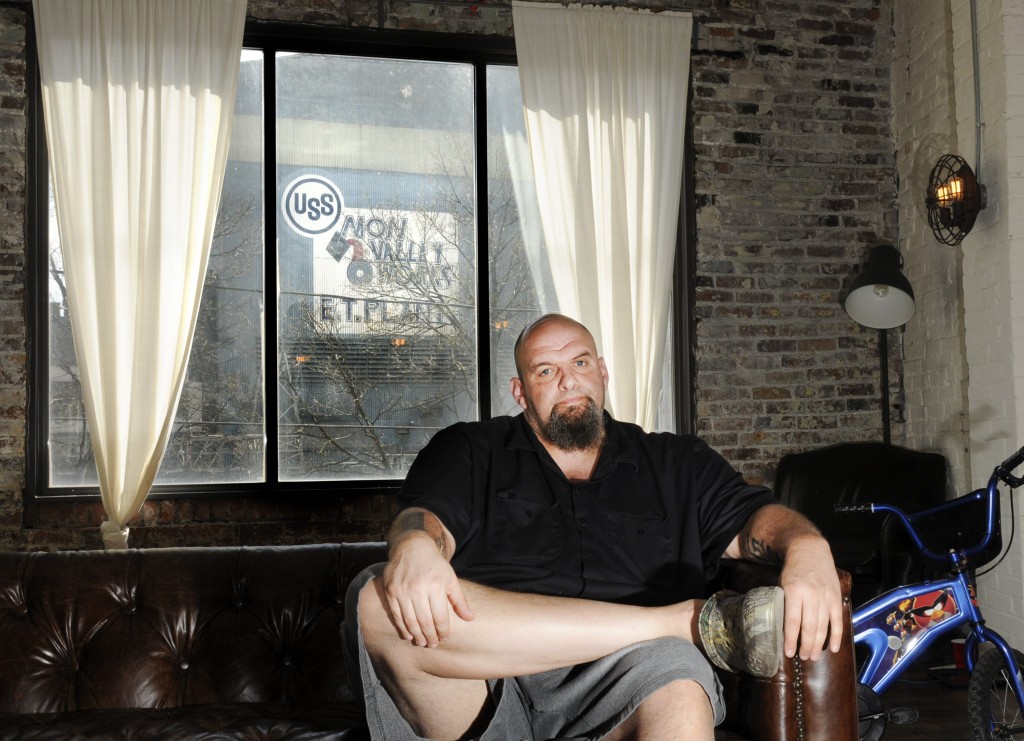
John Fetterman is the mayor of Braddock. He lives in a former car dealership where US Steel can be seen through his window. John Rennison, Hamilton Spectator
Fetterman looks more like a biker than your average politician.
He came to the borough in the early 2000s to work for AmeriCorps. He had just finished a master’s degree in public policy at Harvard. When he ran for mayor in 2005, he won by a single vote.
Everyone, from the New York Times to Stephen Colbert, asks whether Fetterman is going to save the borough.
In 2010, the local hospital closed, due to underuse. Fetterman and residents petitioned for the urgent care centre that opened this year. The Free Store, an initiative of Fetterman’s wife, Gisele, “sells” free food and clothing from a collection of colourful shipping containers on an empty lot.
A brew house was recently opened by a pair of CMU students who came to Braddock to avoid the red tape of opening in downtown Pittsburgh. A local chef kick-started $300,000 to open a high-end destination eatery on the main floor of the renovated auto factory where Fetterman lives.
Fetterman says it’s a balancing act. If the borough opens an art gallery, it also establishes a park.
It’s not about getting the wrong people out and the right people in. It’s about giving everyone what they need.
“We have elbowed our way into what I would call a decision matrix for young people. They’re like ‘OK, I can’t afford to live in Lawrenceville or East Liberty, which are two kind of hip or gentrifying neighbourhoods in Pittsburgh. Braddock’s like the third choice now. Somebody called Braddock the Brooklyn of Pittsburgh.”
Sound familiar? For years, Toronto media has referred to Hamilton, ad nauseam, as its Brooklyn. A similar label has been applied to Cleveland and Detroit.
There’s a condescending edge to the term, a pat on the head that ignores the character of the place it’s applied to. It’s usually conferred when housing is cheap and young people are moving there (by choice! Just imagine!).
The arrival of artists such as Sarah LaPonte seem to indicate the growth of a creative class.
LaPonte is 26. She came from Portland to Pittsburgh last year for a writing residency in the city.
SEE: The Photo Gallery on the $700 house
She landed in Braddock when she heard cool things were starting to happen there. That, plus the fact she found a house for $700 — not to rent, but to own. The place was gutted when she took possession last March. The seller didn’t give her a key. There was no door to lock.
There is now. Inside, the walls are framed, but not yet drywalled. There’s a couch and a trumpet and a woodstove Fetterman gave her. She reused someone’s old insulation. Friends taught her how to run wiring. Portland used to be like this, but LaPonte says it’s expensive now, which makes it hard to do creative things.
Still, her excitement is measured. She’s careful not to be all wide-eyed praise and newcomer naiveté.
“It’s funny being someone who isn’t from here,” she says. “It’s a very different experience than having grown up here.”
Right now, Braddock, like Hamilton, is a hot story in terms of its attractiveness to artists. But there are people who were born here, who lost jobs here, who remain here and they have a different experience of the area.
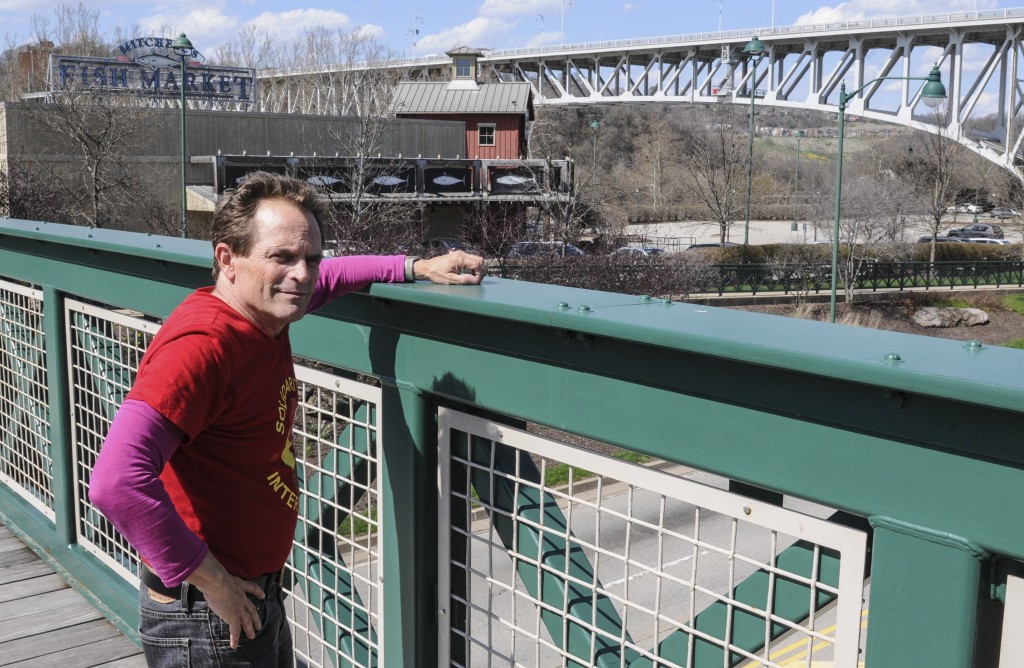
Mike Stout stands on a pedestrian bridge over a major roadway running through a commercial district in Homestead.
John Rennison, Hamilton Spectator
Mike Stout is one of those.
At 65, he’s a musician. He sings about peace and justice, workers’ rights, health and safety. His drawl gives away a Kentucky upbringing, but he came to Homestead in 1977 to work as a crane operator at U.S. Steel. Homestead is a borough five kilometres from Braddock. In the ’70s, the mill there employed 8,000. By the late ’80s, the buildings were being sold as scrap.
Stout says former Homestead workers can be found in every state in the country. Those who stayed did so because they owned a house it was impossible to sell.
Stout hung around. Until this past fall, he ran a print shop on East 8th Avenue. Now he lives in South Hills, 13 kilometres away. He plans to sell the building, a shop papered with anti-fracking posters and signs asking residents to “dump Governor Corbett.”
A block away is a now-bald intersection. It used to be full of bars that opened at 8 a.m. to serve night shift workers. The old Chiodos Tavern is a Walgreens drug store. The local brothel is a police shop. The Blue Bonnet Bakery is one of the only holdovers from the boom time.
Downtown isn’t the only place that’s unrecognizable. So’s the mill.
PHOTO GALLERY: To see the Carrie Blast Furnaces, located between Homestead and Braddock, click here.
SIDEBAR: The Legend of the Carrie Furnaces here.
Stout sits at a table in Mitchell’s Fish Market, a restaurant on the Homestead waterfront. Thirty-five years ago, it was the slab and plate mill.
“It was so bloody here you have no idea. It was like being in a war in slow motion,” he says.
He means it as a metaphor, but he also means it literally. Temporary indefinite shutdowns — that’s what they were called as they spread from department to department. The term gave people hope, made them docile for a while.
“(The mill) did everything for these towns. It paved the roads, it gave them extra money for this and that. It was like the boroughs were in bed with them and married to them and then all of a sudden U.S. Steel gets up one day, packs their bags and says ‘f — k you I’m outta here.’ Well (the workers) still felt like they didn’t want to take ’em on in case their sugar daddy came back.”
By 1981 though, 1,800 workers had been let go in a massive layoff.
Six hundred workers swarmed the U.S. Steel building in downtown Pittsburgh to stage a sit-in at the office of chair David Roderick. The elevators were shut down by the time they hit the second floor of the 64-storey building.
Steelworkers tried to buy the mill from U.S. Steel and failed.
One day in 1985, Stout showed up to work and was told to go find a foreman who’d gone missing at the open hearth. The man was still swinging between two ladles, work gloves in his back pocket, when Stout walked into the building. He’d been laid off at the beginning of his shift.
He was just one of 10 men Stout knew personally who died by suicide. Plenty more, Stout included, divorced in the years following the shutdown.
He says the psychological damage dwarfed the economic. Homestead Works had contracts with the U.S. army and the navy. If that’s not job security, what is? There was a feeling was that the whole world could shut down and the mill would keep going.
Now there’s a big box complex in its place.
Stout calls it a quick fix.
“Only manufacturing creates wealth. All these people are just a bunch of money shufflers. That’s all they are. High stakes gamblers.”
For a long time, he couldn’t even come down here. A dozen smokestacks sit at the centre of the complex, but there’s no explanation for them. It’s just a gaudy mall with a gantry crane jammed in one corner and a collection of clean white condos in another.
“There ain’t no working people in these condos, let’s put it that way,” Stout says.
And the coup de grace, as Stout calls it? After the shutdown and the site dismantling, after the strip mall was built and new roads paved?
He points to a long white building near the old open hearth. Headquarters for U.S. Steel.
If you ask how people feel about it, Stout shakes his head.
People don’t feel anything about it, he says. The people who fought that fight are long gone.
905-526-2487 | @Amyatthespec
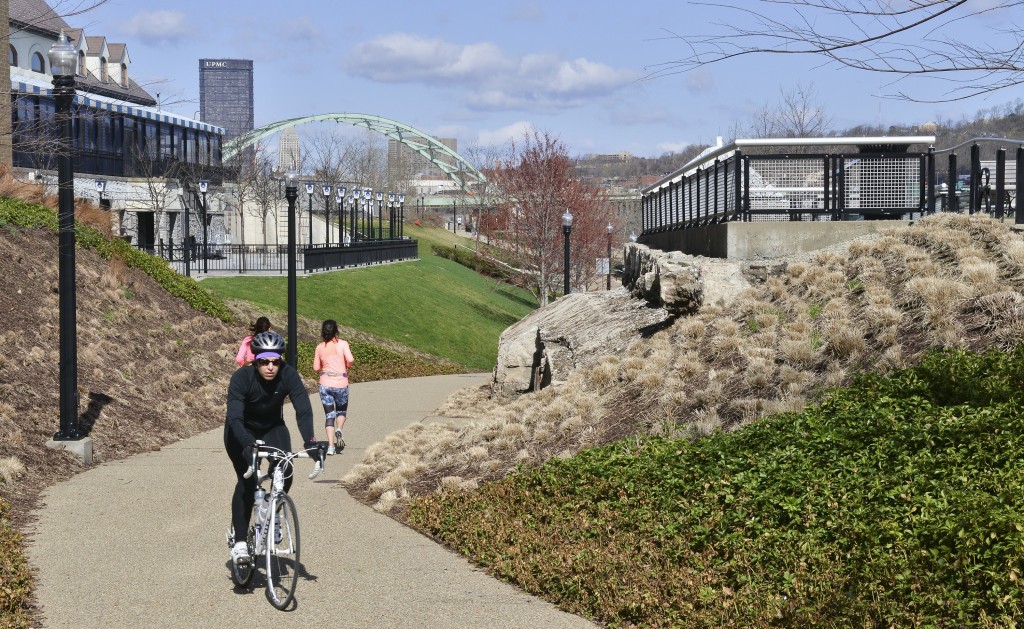

You must be logged in to post a comment.